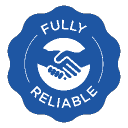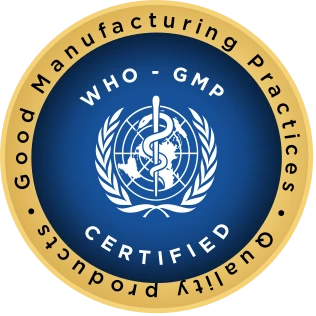

Authentic Product

India's Leading Generic Pharmacy

Secure Payment
By ROMSON
MRP
₹
63.75
₹54
15.29 % OFF
Check Delivery
--
Content Reviewed By:
Dr. Manoj Shah
, (MBBS)
Written By:
Ms. Priyanka Shah
, (B.Pharm)
While Suction Catheter No. 12 is designed for safe and effective airway management, potential side effects may include: * **Trauma to the Airway:** Insertion can cause damage to the delicate tissues of the nasal passages, pharynx, larynx, or trachea, leading to bleeding, swelling, or perforation. * **Infection:** Introduction of bacteria into the respiratory tract, potentially leading to pneumonia or other respiratory infections. * **Hypoxia:** Prolonged or improper suctioning can remove oxygen from the airway, causing a decrease in blood oxygen levels. * **Cardiac Arrhythmias:** Vagal stimulation during suctioning can trigger changes in heart rate and rhythm. * **Bronchospasm:** Irritation of the airway can cause the muscles in the bronchi to constrict, leading to difficulty breathing. * **Gagging and Vomiting:** Stimulation of the gag reflex can lead to discomfort and potential aspiration of stomach contents. * **Increased Intracranial Pressure (ICP):** Suctioning can temporarily increase ICP in susceptible individuals. * **Mucosal Damage:** Repeated or forceful suctioning can damage the lining of the airway, leading to ulceration or scarring. * **Atelectasis:** If suction is too strong, it can cause lung collapse due to removal of too much air. * **Pain and Discomfort:** Suctioning can be uncomfortable or painful, especially in conscious patients.

Allergies
CautionUse caution if you are allergic to this medicine.
A Suction Catheter No. 12 is typically used to remove mucus and other fluids from the airway, facilitating easier breathing.
If you are having difficulty breathing because of mucus or other fluids accumulated in your airway, you may need a Suction Catheter No. 12.
Risks of using a suction catheter can include bleeding, infection, or damage to the airway.
The suction catheter should be stored in a clean, dry place. Keep it away from direct sunlight.
No, a Suction Catheter No. 12 is not designed for reuse. Reuse can increase the risk of infection.
The size of the suction catheter depends on the age and size of the patient. A healthcare provider can recommend the most suitable size.
The Suction Catheter No. 12 should be used with caution in children and under the supervision of a trained healthcare professional.
Wash your hands, wear clean gloves, and insert the catheter gently. Do not suction for too long.
Yes, different brands may vary in materials, flexibility, and packaging. Always choose a reputable brand.
Suction Catheters No. 12 can be purchased from medical supply stores, pharmacies, and online retailers.
Dispose of the used catheter properly and wash your hands thoroughly.
The Suction Catheter No. 12 is designed for single-use only and should not be cleaned for reuse.
Check the packaging for the expiration date and do not use the catheter after the expiration date.
Watch out for bleeding, difficulty breathing, or signs of infection and seek medical help immediately.
If you are unsure about using a Suction Catheter No. 12, consult with a healthcare professional.
Best medicines, Timing and behaviour is very good for human beings
Gyan Rathore
•
Reviewed on 07-08-2023
(5/5)
Amazing service and customer friendly
Deepak Patel
•
Reviewed on 05-11-2022
(3/5)
Tarif / Service is good
Venkataramanamurty Inguva
•
Reviewed on 15-07-2023
(5/5)
Good. Provides medicines at reasonable rates.
Jiji Varughese
•
Reviewed on 08-02-2024
(4/5)
Got medicine which I was searching from yesterday thanks
Donisalya vines
•
Reviewed on 18-02-2024
(5/5)
ROMSON
Country of Origin -
India

MRP
₹
63.75
₹54
15.29 % OFF
Quick Links
Medkart's sole intention is to ensure that its consumers get information that is expert-reviewed, accurate and trustworthy. However, the information contained herein should NOT be used as a substitute for the advice of a qualified physician. The information provided here is for informational purposes only. This may not cover everything about particular health conditions, medicines, generic alternatives, all possible side effects, drug interactions, warnings, alerts, lab tests, etc. Please consult your doctor and discuss all your queries related to any disease or medicine. We intend to support, not replace, the doctor-patient relationship.
10 Lakh+
Happy customers
35000+
Pin-codes Covered
75 Lakh+
Orders Delivered

Authentic Products
All WHO-GMP Certified Medicines
©2025 Medkart Pharmacy. All Rights Reserved